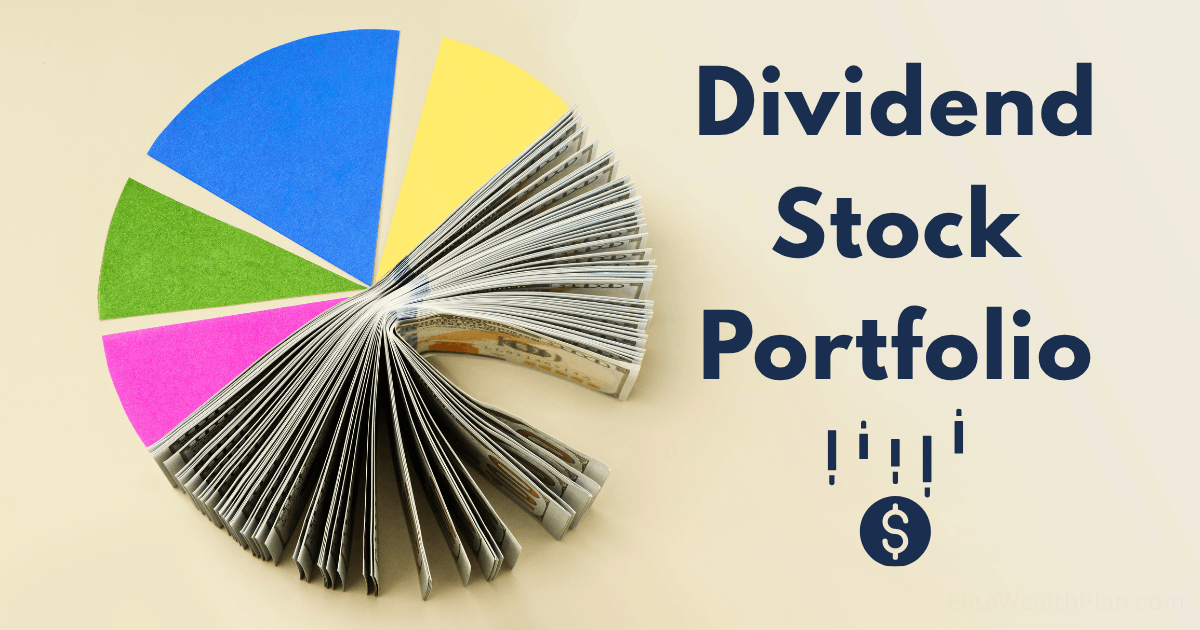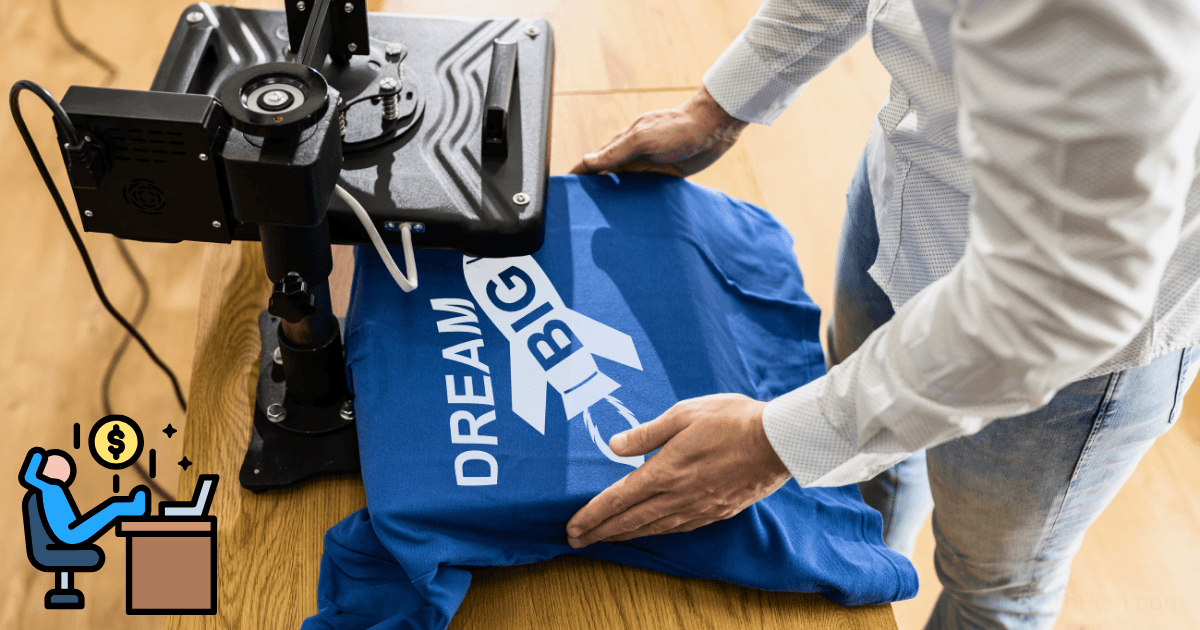Licensing Your Work: How I Make $2,000/Month by Licensing My Photos and Designs

In the pursuit of financial independence, I’ve discovered that true wealth isn’t just about working harder—it’s about creating assets that generate income while you sleep. Today, I’m pulling back the curtain on how I’ve built a $2,000 monthly passive income stream by strategically licensing my photos and designs.
The Untapped Gold Mine of Creative Licensing
The digital content market is experiencing unprecedented growth, with demand for high-quality visuals skyrocketing across industries. According to recent market analysis, approximately 25% of content creators now earn between $50,000 and $100,000 annually—a figure that would have seemed impossible just a few years ago.
What most creatives don’t realize is that the photos and designs sitting on their hard drives represent untapped revenue streams. Instead of the one-and-done payment model that keeps you chained to the constant creation cycle, licensing allows you to earn royalties repeatedly from the same piece of work.
My Licensing Journey: From $0 to $2,000/Month
When I first considered licensing my work, I was skeptical. Could my photography and design skills really generate significant passive income? The answer, as my bank account now confirms, is a resounding yes.
Phase 1: Building a Strategic Portfolio (Months 1-3)
I began by analyzing the market to identify high-demand visual categories:
- Seasonal themes (holiday designs, summer patterns)
- Business-focused imagery (modern workspaces, diverse team interactions)
- Versatile backgrounds and textures
- Conceptual illustrations of trending topics (financial freedom, remote work)
Instead of uploading random images from my collection, I created deliberate content to fill gaps in these profitable niches. This strategic approach meant my initial 200 uploads were targeted at specific commercial needs rather than artistic whims.
Phase 2: Platform Diversification (Months 3-6)
Rather than putting all my eggs in one basket, I distributed my work across multiple platforms:
- Stock photography sites: Shutterstock, Adobe Stock, Getty Images
- Direct licensing: Created a portfolio website with licensing options
- Print-on-demand: Redbubble, Society6, Printify
- NFT marketplaces: OpenSea for limited edition pieces
This multi-platform approach created redundancy in my income streams. When one platform experienced a slow month, others would compensate.
Phase 3: Scaling and Optimization (Months 6-12)
After identifying which platforms and content types performed best, I doubled down on winners:
- Analyzed my top 20% performing assets and created similar content
- Improved SEO with better keywords and descriptions
- Built relationships with art directors and licensing agencies
- Created “collections” that could be licensed as packages
The Financial Breakdown: How $2,000/Month Actually Happens
Many creators are skeptical about licensing income potential. Let me break down exactly how my monthly revenue is generated:
- Stock photography platforms: $850/month (across 600+ images)
- Direct licensing to businesses: $600/month (3-4 deals on average)
- Print-on-demand royalties: $350/month
- NFT sales and royalties: $200/month (highly variable)
Total monthly average: $2,000
The beauty of this income is its scalability and predictability. While individual platform earnings fluctuate, the overall monthly total remains remarkably consistent.
The 5-Step Blueprint to Start Your Licensing Empire
Ready to transform your creative work into passive income? Here’s my proven process:
1. Audit and Organize Your Existing Work
Begin by cataloging your current portfolio. Organize your work into categories and identify commercial potential. Remember that commercial viability often differs from artistic merit—a simple, clean image with copy space might outperform your most creative piece.
Action step: Create a spreadsheet of your top 50 images or designs with notes on their commercial potential.
2. Research Market Demand
Study what’s selling on major platforms. Look for:
- Popular search terms on stock sites
- Trending topics in your niche
- Seasonal demands (plan 3-6 months ahead)
- Color trends from Pantone and design forecasts
Action step: Create a list of 10 specific content themes to focus on based on your research.
3. Optimize Your Work for Licensing
Prepare your work with licensing in mind:
- Technical quality: Ensure proper resolution and format
- Legal compliance: Remove trademarked elements and obtain proper releases
- Metadata optimization: Research and apply relevant keywords
- Versatility: Create variations (horizontal/vertical, with/without text space)
Action step: Optimize 10 pieces from your portfolio following these guidelines.
4. Select Strategic Platforms
Different platforms serve different purposes:
- Shutterstock/Adobe Stock: High volume, lower per-sale commission
- Getty Images: Lower volume, higher per-sale commission
- Direct licensing: Highest commissions but requires marketing
- Niche platforms: Lower competition in specialized markets
Action step: Create accounts on three platforms that align with your content type.
5. Implement Consistent Growth Systems
Sustainable success requires systems:
- Schedule weekly upload sessions (aim for 10-20 new pieces weekly)
- Track performance metrics monthly
- Reinvest a percentage of earnings into creating new content
- Build an email list of potential direct licensing clients
Action step: Create a 90-day content calendar with specific upload goals.
Common Pitfalls to Avoid
My journey wasn’t without mistakes. Learn from these costly errors:
- Ignoring legal requirements: Always use proper model and property releases
- Uploading everything: Quality and strategic relevance trump quantity
- Neglecting metadata: Poor keywords mean your work won’t be found
- Platform impatience: Some platforms take 6+ months to gain traction
- Forgetting to diversify: Never rely on a single platform or content type
The Psychological Edge: Mindset Principles for Licensing Success
Building passive income through licensing isn’t just about technical skills—it’s about psychology:
- Detach ego from work: Create for the market, not just personal expression
- Embrace rejection: Not all work will be accepted or sell well
- Think in portfolios, not pieces: Success comes from your body of work
- Adopt long-term thinking: This is a marathon, not a sprint
- Practice delayed gratification: Today’s work pays off months later
Beyond the $2,000 Mark: Scaling Your Licensing Empire
Once you establish consistent income, consider these advanced strategies:
- Hire photographers/designers to create content under your direction
- License exclusive collections to specific industries or brands
- Create premium licensing packages with enhanced usage rights
- Develop signature styles that become recognized and sought after
The most successful licensors I know have scaled to $10,000+ monthly by implementing these approaches.
Start Your Licensing Journey Today
The barrier to entry for licensing has never been lower, but competition increases daily. The best time to start was yesterday; the second-best time is today.
Remember: Every piece of work you create has the potential to generate income for years to come. That single photo or design could be earning you money while you sleep, travel, or work on your next creative project.
The path to financial freedom isn’t about working harder—it’s about making your work harder for you. Licensing is one of the most powerful tools in the modern creator’s arsenal for building true wealth and independence.
Have you had success with licensing your creative work? Share your experience in the comments below!







